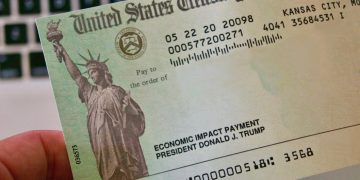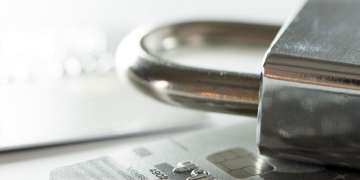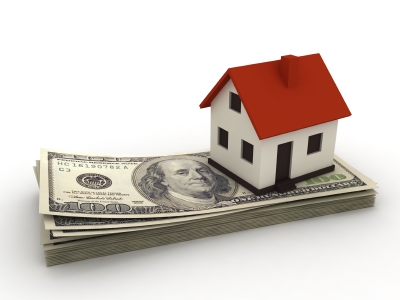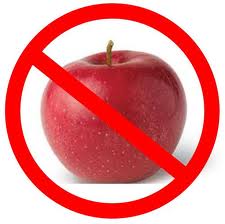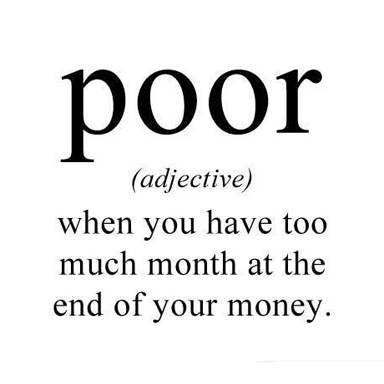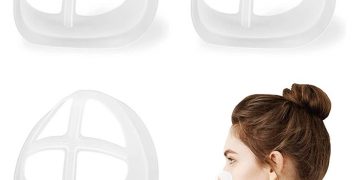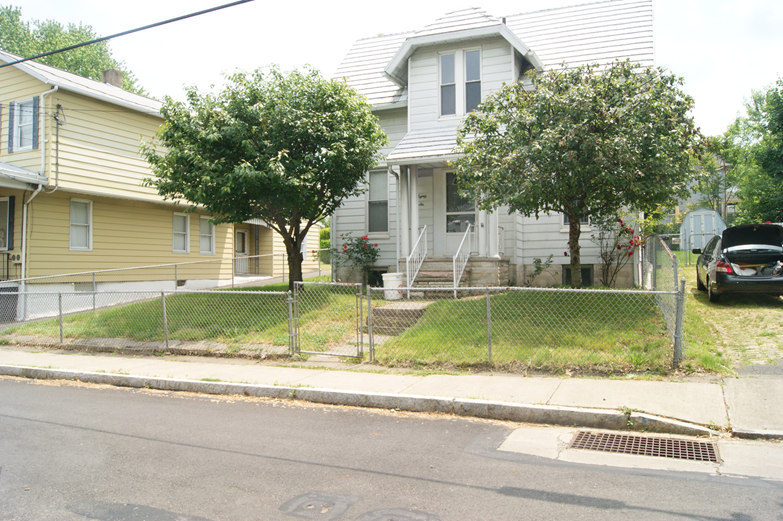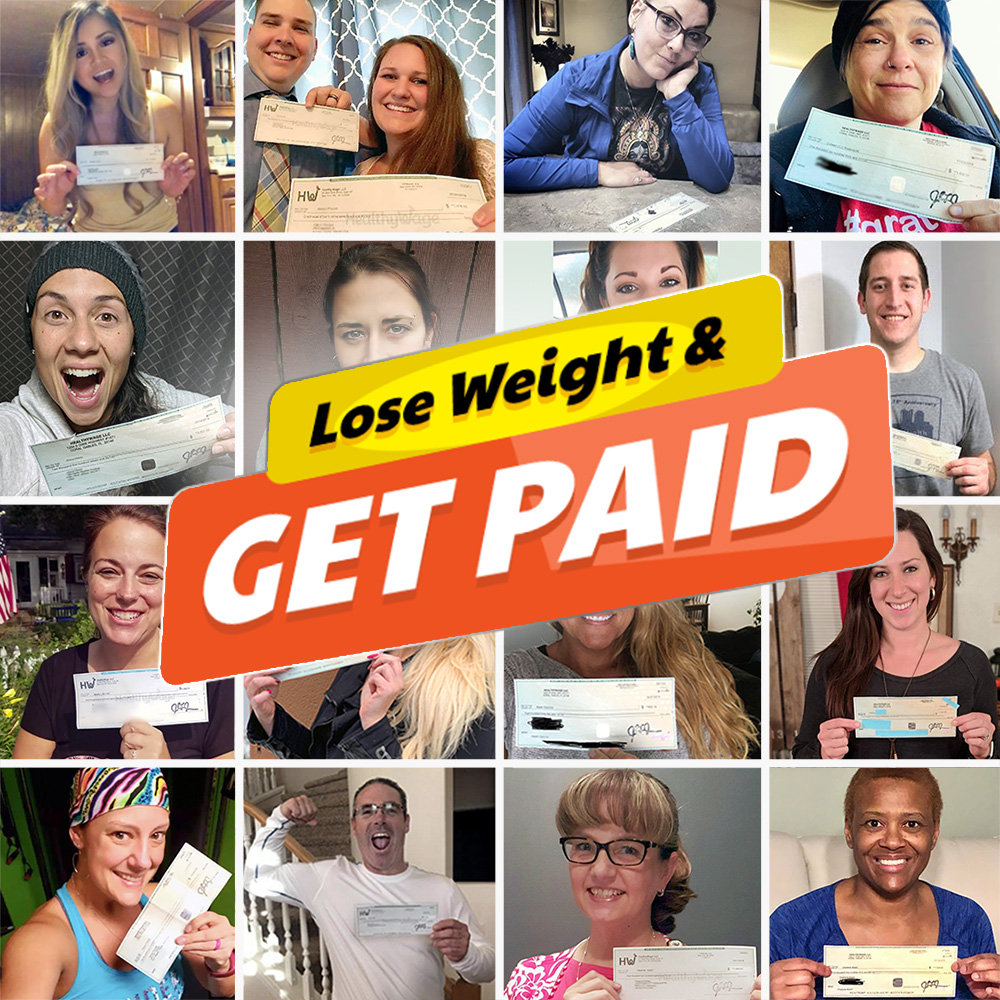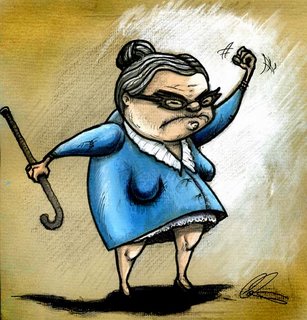Someone pointed out that I am long overdue for a financial update on my rental properties. You’re absolutely right. Since buying the second rental property last year, so much has happened that I haven’t taken the time to evaluate just how they’re doing financially. It’s time to share.
For those of you who have not been around for the past three years, I now own two rental properties containing three units. These homes are located in an economically depressed area in Pennsylvania. Did I mention that I live in New York City?
I decided to buy both of these homes strictly as investments. In order to do that, I raided my 401(K) in the form of loans to finance my purchases since I did not have the cash on hand and because it’s incredibly hard to find financing for homes valued at less than $50,000. You can read more about that decision in Why I’m Buying Rental Property While Still In Debt. Anyway, it’s time to get to the finances.
Let’s review how each house is doing separately.
House #1
Purchase Price: $19,500
Annual Taxes: $1,617 a fricken 50% increase in ONE damn year
Annual Insurance: $600
Sewer & Garage Collection: $360
Annual budget for repairs: $575
Annual rent: $ 6,900
Net annual cash flow: $3,748
After a few initial hiccups with bad tenants, I found the perfect set of tenants last year. So far, they’ve always paid on time and never called me for repairs or anything. I did make a few upgrades to the home even though they did not request them. Their lease is up for renewal at the end of July and I hope to keep them forever. I would kidnap them and tie them in the basement if I could. Alas, I hear that kind of thing is illegal. Instead, I’ll keep the rent as is in the hope that they choose to stay. Plus, they’re both chefs and baked me the most awesome pumpkin cookies for the holidays.
House #2
Purchase Price: $36,000
Annual Taxes: $1,663
Annual Insurance: $725
Sewer & Garage Collection: $720
Annual budget for repairs/incidentals: $1,100
Annual rent: $13,800
Net annual cash flow: $9,592
Now, keep in mind that the numbers of all assume a 100% occupancy rate. I purchased that home less than a year ago and will now be on my second set of tenants. The tenant with the horrible credit score will move into the second floor apartment on June 1, and I’ll be going to court for final eviction proceedings for the first floor tenants tomorrow. If all goes well I will have a new tenant downstairs for July 1.
Since purchasing home number two I’ve completed a gut-renovation of one bathroom, and replaced pretty much all of the flooring in the entire house. I’ve also made some minor updates as well. In total, since purchasing the house, I’ve spent about $4,500 on renovations. I had budgeted for half that amount, but you never know what you will find when you open up walls or floors in an old house. I do hold a mortgage on this second house which I track in my monthly debt updates.
If we use the best case scenario numbers above (which is pretty much what I call them), then the payback period on the initial purchase price of each home is a little over 5 years and a little under 4 years respectively. Assuming that I hold on to each property until those periods elapse, any rents received after those time periods (minus expenses of course) pretty much goes straight into my pocket.
Now, if I were employing a different strategy I would be more concerned with the value of each home. Based on the improvements that I had made to each home and recent comparable sales I could probably sell each house for $25,000 and $45,000 respectively. If I use a website such as Zillow to check home values, the numbers are $45,000 and $85,000 respectively. Apparently Zillow is on crack which would be normal in this area. So, if I wanted to cut and run I would still make a profit.
Before you go thinking that everything is rosy, the numbers don’t exactly match what I had expected when it purchased homes. A few things impacted my calculations:
- Property taxes have gone way up. The tax on the smaller house went up by 50% in the last year alone. WTF man! How greedy can the local government get?
- My insurance premiums are much higher than the previous owner’s because this is not my primary residence and because I live out of state. Double whammy. The insurance premiums would be one third lower if I lived in the house.
- Obviously, I have not had a 100% occupancy rate.
This is pretty much why you must plan for a worst case scenario. As long as the homes have a five year repayment period or less, I’m very happy. I could not do this in New York City, where I live. Based on the price of homes in New York, I would face a minimum of 15 years before I would break even. Yes, the rents are higher but so are the home prices. There’s a much bigger risk associated with a more costly home. So, I dabble at the bottom end of the market because everyone deserves a decent place to live…and someone has to provide them with those homes.
Before you go thinking that I’m a slum lord, these are actually really nice homes. The bottom just completely fell out of the real estate market in that particular area. Homes were being sold for less than 50% of their values in 2008. The home that I purchased for $19,500 had previously been sold for $75,000 only a few years ago.
The question that you’re going to ask next is, was this worth it? Absolutely! I firmly believe in having a mix of different types of investments within your retirement portfolio. Here I am at age 35. These homes will have paid for themselves well before I turn 40. Having both property paid off this early gives me a decent income stream for years to come.
Is this something that you should do? I can’t tell you that you should. There are a lot of risks and headaches involved with owning rentals. My initial strategy was to buy one home every 2 years, however, I am seriously thinking about revising that strategy for something else. When I decide what to do, you’ll be the second to know.


